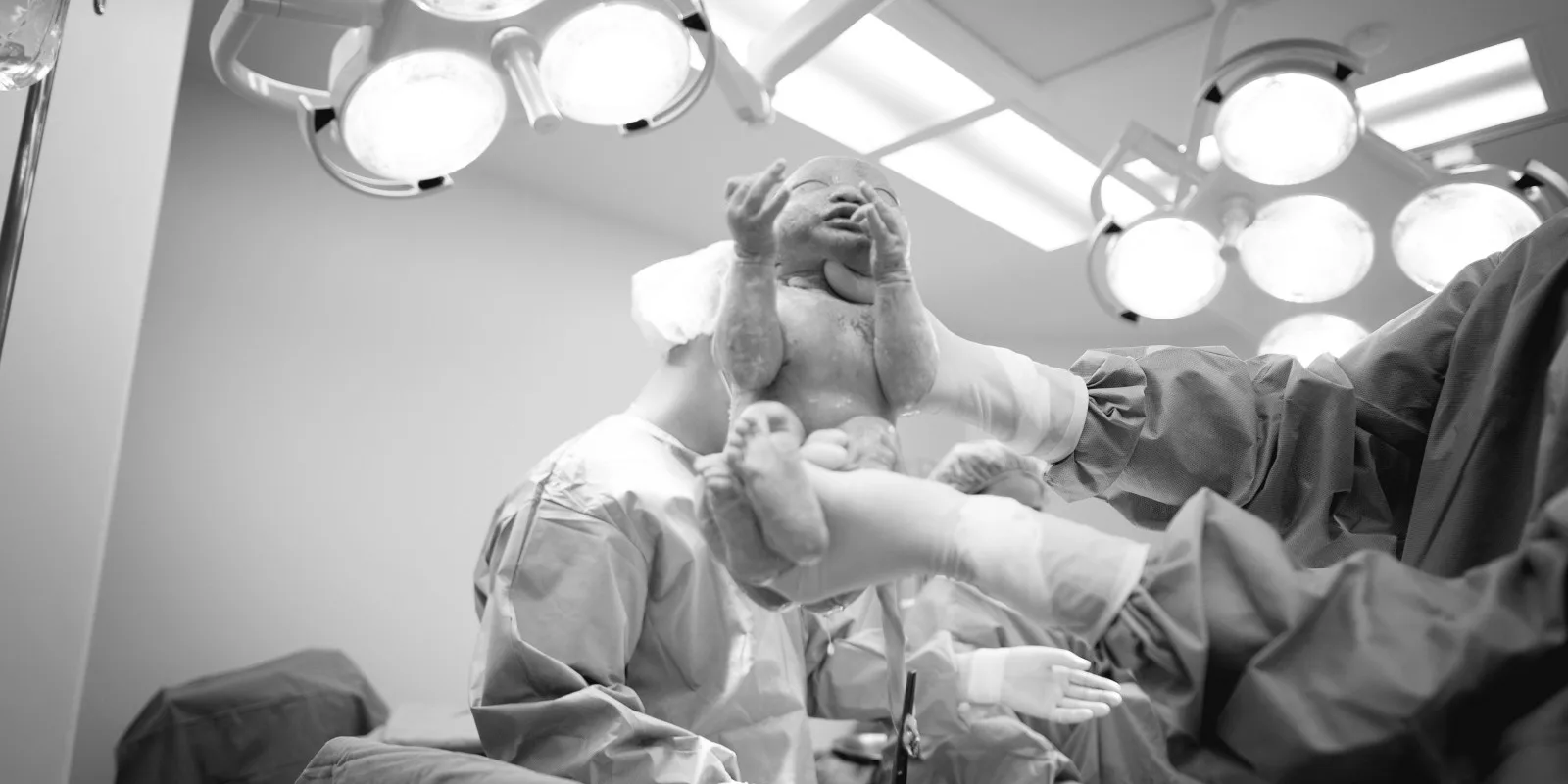
In the “olden days,” obstetrician/gynecologists (OB/GYNs) would drop the OB, or delivering babies part of their practice, as soon as possible because of its numerous challenges: the long and erratic hours, the enormous and expensive malpractice risk, the fact that the unpredictability of labor and delivery interferes with the office, scheduled elective surgeries, and any semblance of normal family life. Boomer OB/GYNs who did not want to stop OB had few options except to assume the high risk, terrible hours, high insurance costs and stressful lifestyle, or stop doing obstetrics entirely and change to a gynecology practice only. The latter was not a good option for those doctors, like me, who love obstetrics.
Today, however, there is another option that gives old OBs a new life and second career, where one previously did not exist. A new model of OB care offers a chance for today’s older, yet highly experienced and motivated physicians to alter their career path and avoid “forced” retirement from OB by becoming OB/GYN Hospitalists.
Sometimes referred to as a “laborist,” the concept of an OB/GYN Hospitalist is straightforward. They are experienced, Board Certified, OB/GYNs who are physically present in the hospital to respond to all OB and possibly GYN emergencies. They commonly triage all incoming OB patients and are responsible for all unassigned laboring patients. Also private OB/GYNs who cannot be physically present, can sign out their patients to the OB hospitalist, to monitor or treat as required. OB hospitalists assist with surgeries, do patient rounds, teach, consult and are immediately available when needed for emergencies.
The medical reasons surrounding the implementation of this model are equally straightforward: Immediate treatment or intervention leads to increased patient safety, which in turn can reduce bad outcomes, lessen malpractice situations, shorten hospital stays, and increase patient satisfaction. Hospitalists can also look after high-risk patients as “Perinatologist Extenders” helping to augment increasingly scarce Maternal-Fetal Medicine physicians who would traditionally perform this function.
The personal implications for the OB hospitalist are just as exciting. For myself, I love delivering babies as a hospitalist, working defined shifts without the responsibility of an office, having the opportunity to hone my clinical OB skills even further to assist medical personnel and improve the safety of hospitalized women.
With change comes resistance, not just from other OB/GYNs and family physicians, who may be concerned that hospitalists will poach their patients and take their income, but also from nurses, hospital administrators and patients who may initially regard this new model with caution. The advantages, however, quickly become apparent: Increased maternal and fetal safety, improved quality of life for both OB/GYN hospitalists and private OB/GYN physicians, immediate back-up for family doctors, midwives, and nurses, and system-wide improvement for labor and delivery.
The most recent studies show that full-time OB Hospitalist programs are associated with substantial 2/3% reduction in cesarean section rates and about a 15% decline in induction of labor and preterm deliveries. Also the newly established Society of OB/GYN Hospitalists and its committees are working to increase the model’s visibility, acceptance, and prove its legitimacy as the future of OB/GYN care in the United States.
While still in its infancy, and with at least 2000 OB/GYN Hospitalists in more than 300 OB/GYN Hospitalist programs across the US, the hospitalist model offers a better quality of life for private OB providers and OB/GYN Hospitalists alike. Importantly, it allows the wealth of knowledge and clinical experience from an older group of physicians to be utilized instead of lost through early retirement or a desire to leave the traditional course of OB/GYN care. It offers OB/GYN Boomers a chance at a second, more balanced career that many are racing to embrace.







